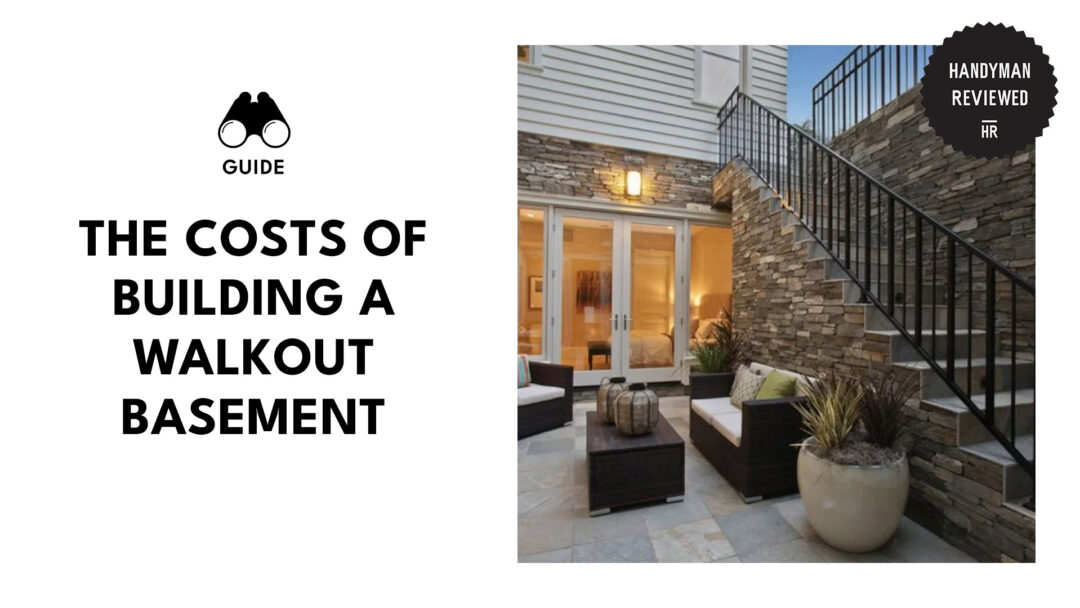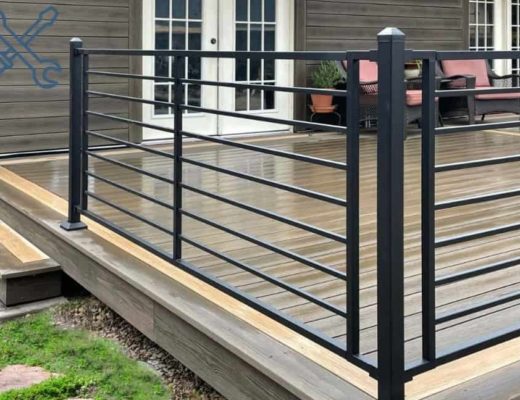Whether you’re looking to turn your basement into a game room, a guest suite, or another living space, adding a walkout entrance to your basement is one of the very first steps you need to take.
But this can be quite a huge investment that needs lots of consideration.
Building a walkout basement costs an average of $20,000, but it can be as low as $3,000 and as high as $35,000, depending on the materials, size, excavation work, house’s foundation strength, door style, and the added features you want.
Here’s a more comprehensive breakdown of all the potential costs associated with adding a walkout basement to your home to help you get a more accurate estimate.
Factors That Can Influence the Cost of Building a Walkout Basement
Size

Size here doesn’t just refer to the size of the entrance or exit door you’re installing to make a walkout basement. It also refers to the size of the wall that needs to be exposed and the size of the outdoor area that needs to be excavated for the doors to open.
All of these will directly impact the amount of work needed and the cost of finishing the job. Larger basements and doors will require more work and excavation, so labor costs will generally be higher.
Excavation
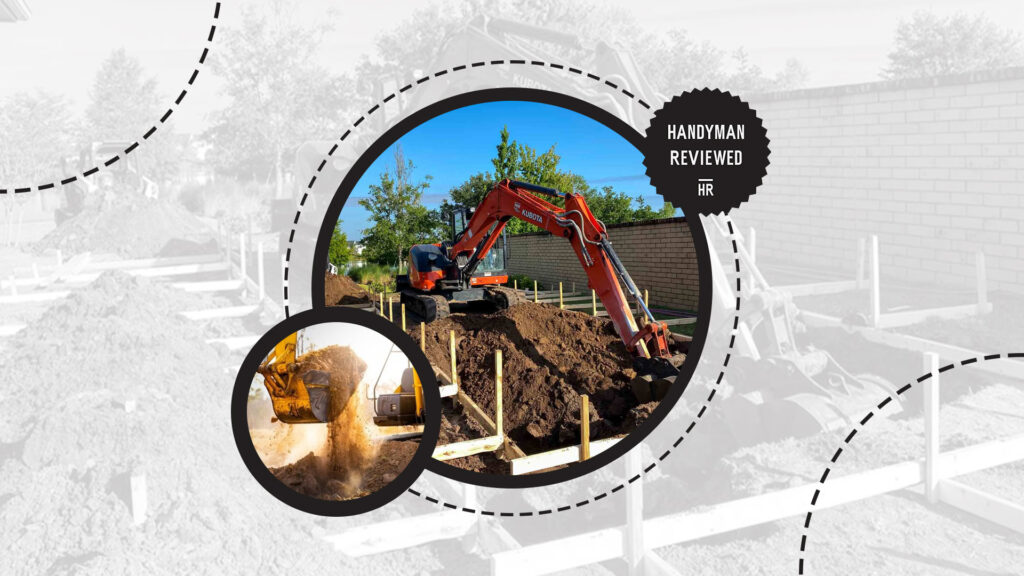
Since you’ll need to expose a certain portion of your underground basement to be able to install a door and freely enter and exit the basement through it, you’ll need to hire an excavation team.
The cost of excavation for a walkout basement can range anywhere from $2,500 to $20,000, depending on the soil type, the obstructions present, the size and depth of the excavation, and the accessibility of the site.
Age of House and Foundation Strength

Before beginning excavation, it is crucial to ensure that your foundations are sturdy enough to withstand the process. The walls are supported by pressure from the soil, so removing too much can put strain on them and cause structural damage.
The age of your house can also impact the strength of its walls. Typically, older homes have weaker walls and may require additional reinforcement to support them independently without relying on the surrounding soil for stability.
Depending on what the walls need, they can add reinforcement straps or steel fiber strips to prevent bowing or reinforce them through underpinning, where they’ll install additional supports beneath the foundations.
Door Framing
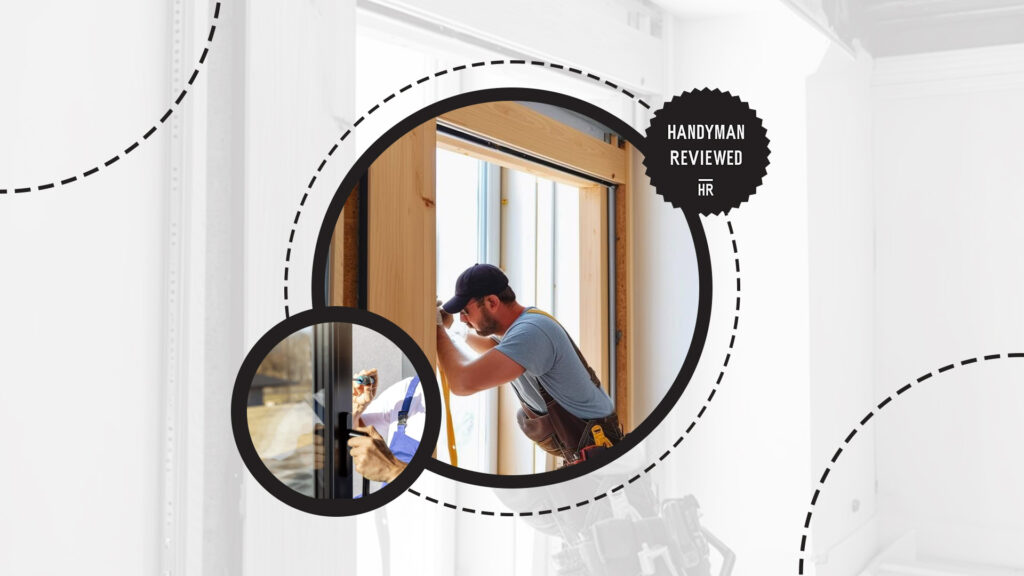
Since walkout basements feature doors that provide direct access to outdoor areas, you’ll need to install proper door framing to make sure the door is installed securely and soundly. This will also prevent water leakage in case there’s rain.
Installing a door frame and header can cost anywhere from $350 to $2,500 for labor and permit, depending on the frame’s size and the job’s complexity. Depending on the materials you’ll use for the frame, you’ll need to prepare a few hundred more bucks.
Door Style
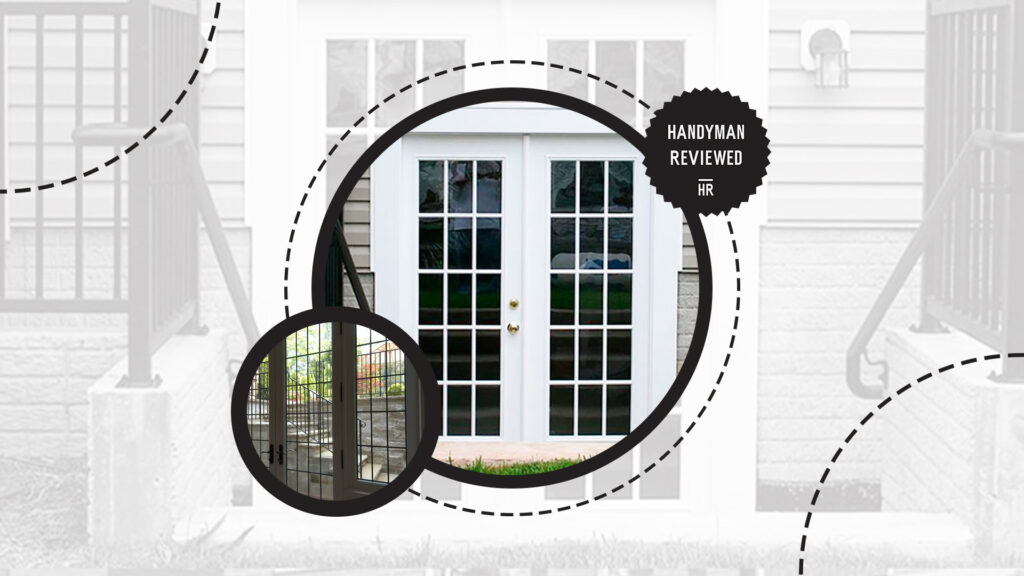
The style of door you’ll use for the walkout basement will also have a significant impact on the overall cost of construction. Door styles that use more expensive materials like glass will naturally cost you more.
The number of customizations or features you want on the door will also affect the overall cost. For instance, decorative glass panels and enhanced security features increase the cost of the door and may even affect the installation price.
Labor
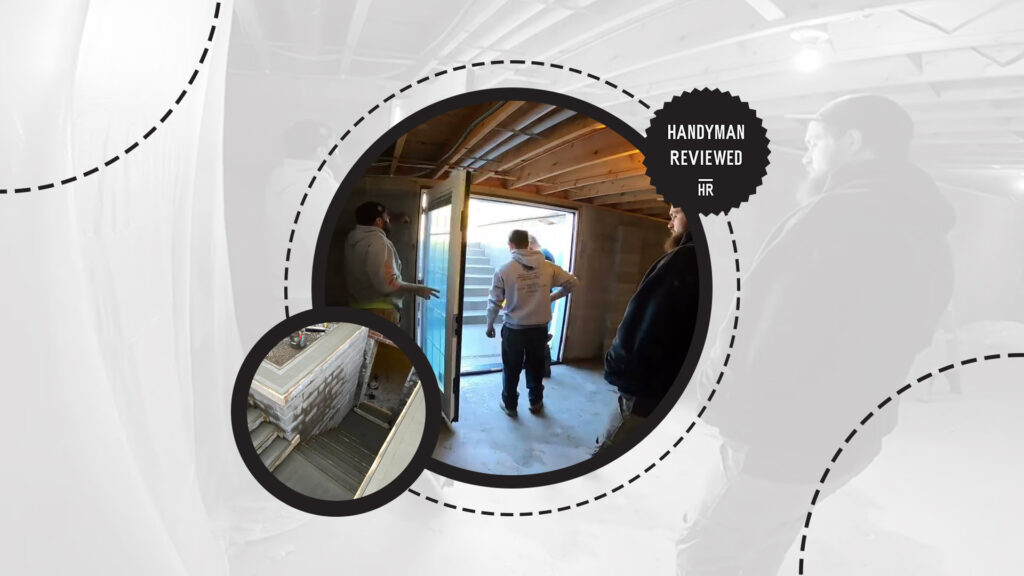
Building a walkout basement requires extensive labor, from assessing the foundation’s strength to digging and installing the doors. All of these will cost a lot and will probably even make up more than half of the total cost.
Structural engineers typically charge $100 to $250 per hour, which you’ll need to pay to have a structural report on your foundation’s strength. This is only for assessing the foundation’s strength and not the actual excavation or building of the walkout basement.
Depending on where you live and the contractor company’s policies, contractors may quote you a price for the overall project or charge a per-hour rate.
Location
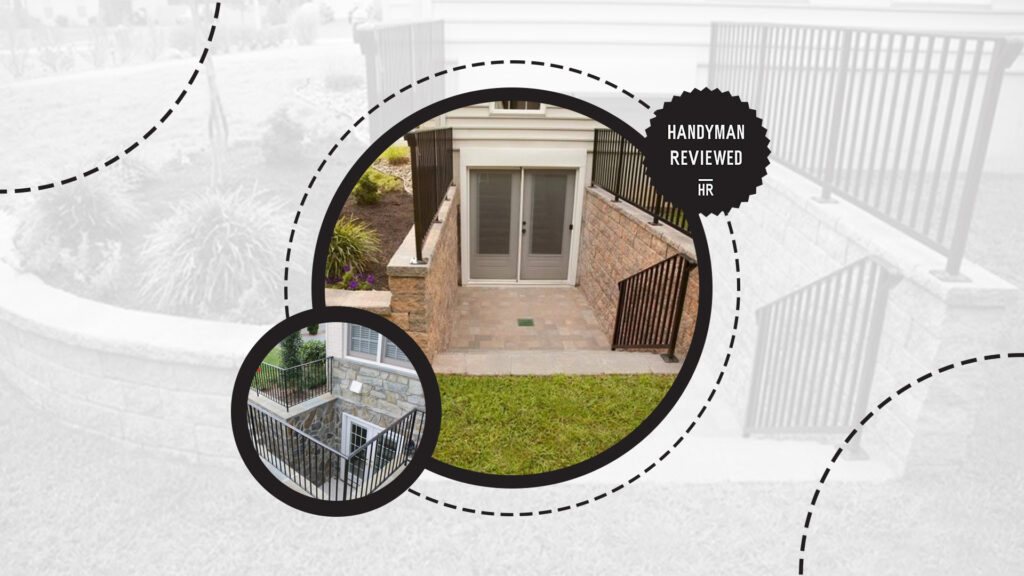
Your location or address will also play a huge factor in determining the final cost of constructing a walkout basement.
Contractors charge different rates depending on the area to compensate for their cost of living, so expect higher rates if you live in major cities.
Additionally, some materials may be less available in certain areas than others. If the door, reinforcement straps, and any other materials you’ll need have to be transported from a different city, you’ll also need to pay a high transportation fee.
Some places are also more prone to heavy rainstorms and flooding, so waterproofing and the installation of a good sump pump system become essential.
Permits
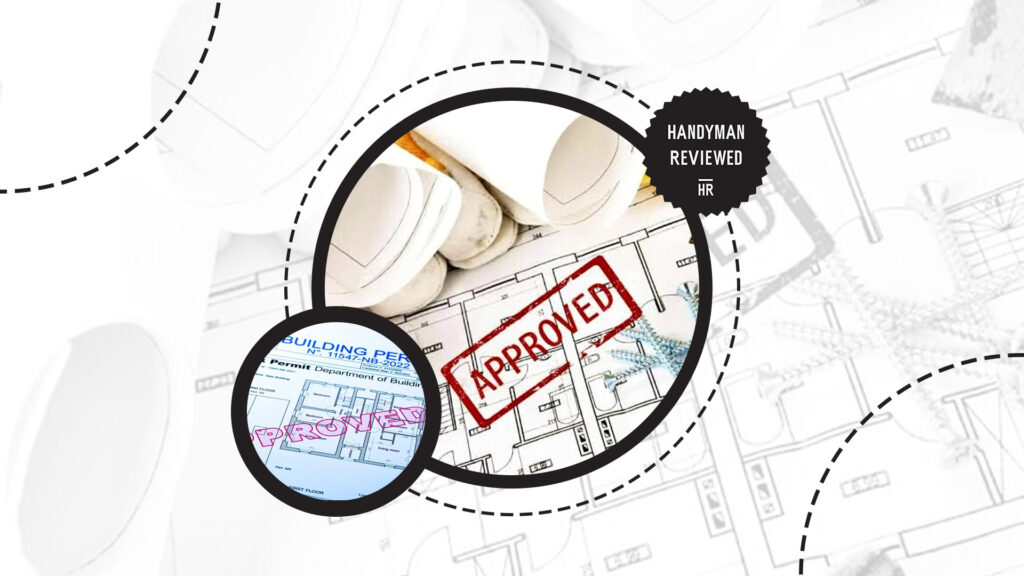
Building a walkout basement is a major modification, so you will most likely need to secure a permit from your local government to go through with it. Some homeowners associations may also require you a separate permit.
Permits for this will typically be around $500 to $2,000, depending on the scale of the project and where you live. You also have to pay dumpster fees to dispose of soil, which can range from $10 to $100 per week, depending on the dumpster.
If you hire a contractor for the whole process, they’ll likely handle everything, including the permits. But to avoid confusion, make sure to ask them if the permit fees are included in the contract.
Additional Costs That May Be Incurred
Waterproofing
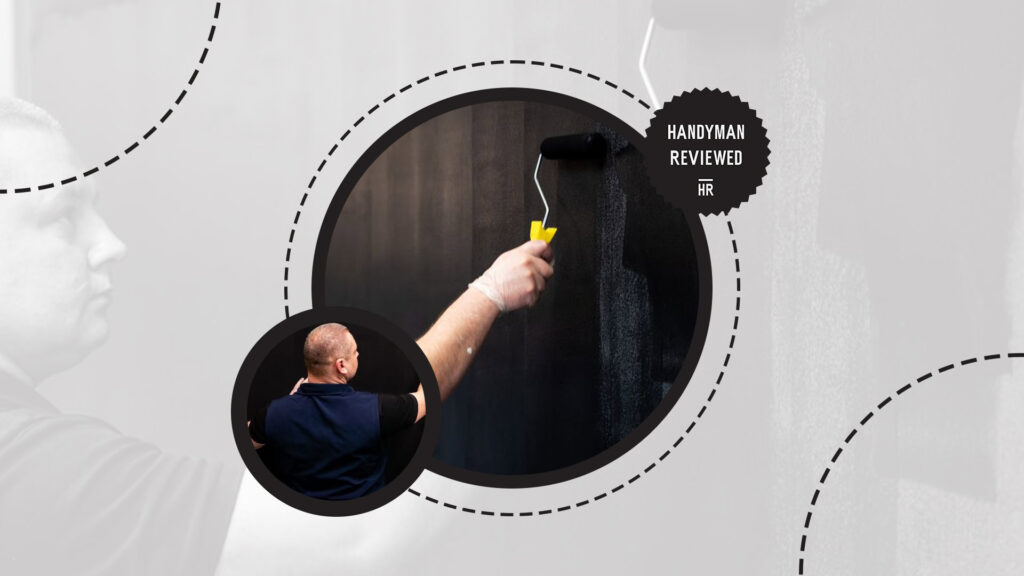
Waterproofing is essential to prevent the basement from being infiltrated by rainwater, groundwater, or surface runoff. Water can seep through the foundation and door, damaging the contents inside and compromising the basement’s structure.
Waterproofing will typically run you anywhere between $2,000 and $7,000, depending on the scale of work needed, the quality of the waterproofing materials, and the labor cost.
Patio Installation
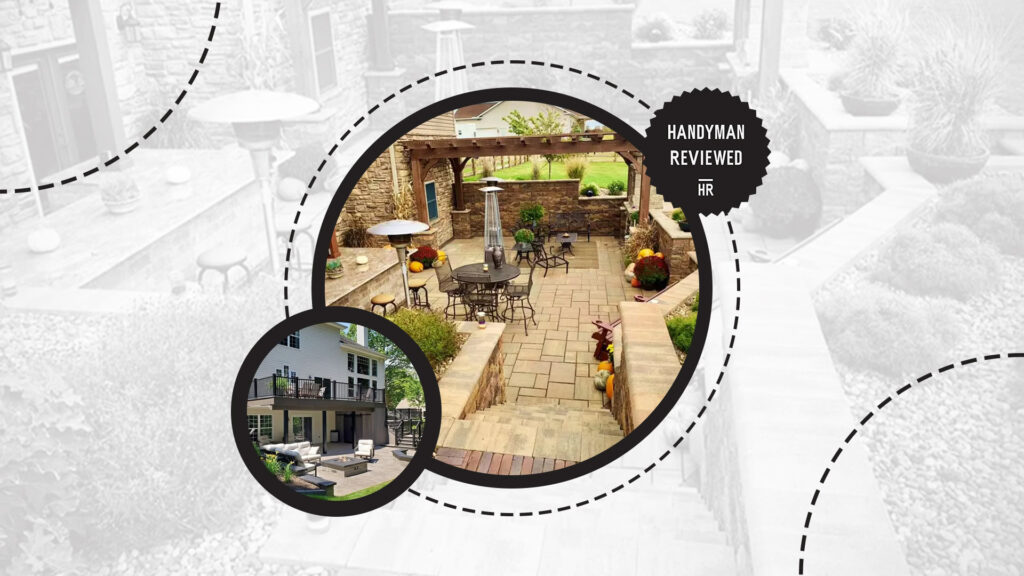
While adding a patio isn’t really required when building a walkout basement, it’s pretty common for homeowners to do so. This allows homeowners to have an outdoor living space that’s directly accessible from the basement and also adds value to the house.
Adding a patio will typically cost you $10 to $50 per square foot, depending on the finishing and materials you want. Most homeowners pay a total of $1,500 to $5,400 to add a patio, with those with more features falling on the higher end of the range.
Basement Renovation
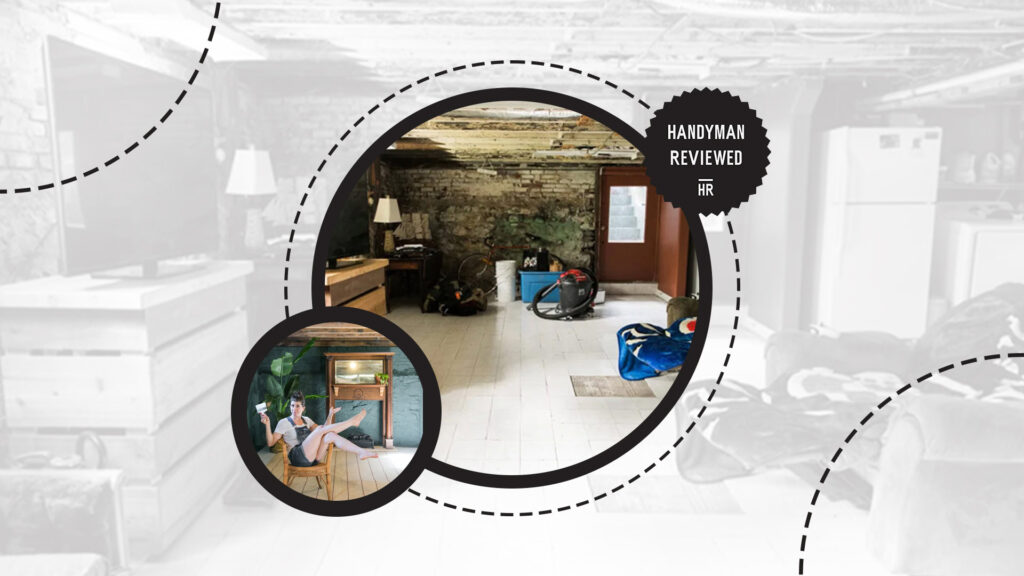
Since the walkout entrance will provide direct access to the basement from the outside, it’s pretty common for homeowners to also renovate the basement when installing one. However, this will, of course, incur additional costs.
Renovation costs can include new insulation, new flooring, new drywall, electrical wiring, lighting, and new furniture. They may also repaint the basement or apply new wallpaper to match the patio outdoors.
Sump Pump Installation
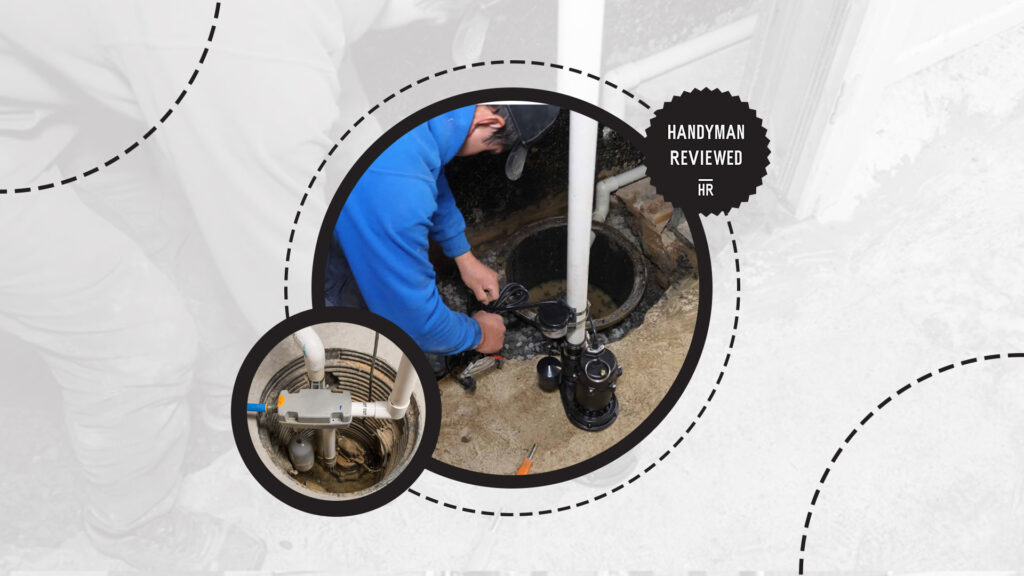
Walkout basements are often located at or below ground level, so they’re prone to flooding during heavy rains. Many homeowners install a sump pump system when building walkout basements to prevent this.
A sump pump system works by collecting excess water that’s pooling in the basement and pumping it out through a hose or pipe. It can cost you anywhere between $600 and $1,800 to install, depending on the brand, capacity, and model.
How do I save money when building a walkout basement?

Adding a walkout basement to your home isn’t a small investment. But if you’re tight on budget, here are some strategies you can follow to save on the construction costs:
- Work with a structural engineer.
While it may seem like an added expense, hiring a structural engineer can actually save you money in the long run. They can help plan the project effectively and prevent costly changes during the construction.
- Use a regular door.
To save money, avoid buying doors with fancy designs and materials, like French doors and glass doors. Stick with a basic door that still functions well.
- Go for cost-effective materials for your patio.
Select materials that offer great value for money, and avoid those overly expensive ones when planning your patio. Compare materials and finishes and go for the ones that give almost the same performance and look at a lower cost.
- Obtain multiple bids.
Getting quotes from multiple contractors allows for comparison and negotiation. But make sure to ask them for a breakdown of the quote so you can compare them fairly with each other.
When comparing the bids, remember that choosing the lowest bid isn’t always the best choice if it means sacrificing quality. Check their track record and choose the contractor that offers the best value for your money.
- Do some of the finishing work yourself.
You don’t have to let the contractors do everything. If possible, do some of the tasks yourself, like painting the basement, adding new wallpaper, and installing furniture and fixtures to save on labor costs.

